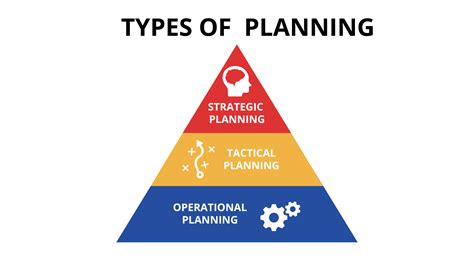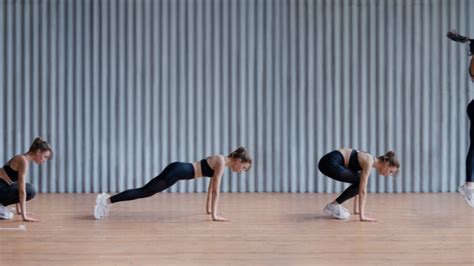Maximize strength gains: What’s the optimal progressive overload strategy to break plateaus?

For anyone serious about building strength and muscle, the concept of progressive overload is the cornerstone of success. It’s the fundamental principle that dictates you must continually challenge your body beyond its previous limits to stimulate adaptation and growth. However, even the most dedicated lifters inevitably hit plateaus – points where progress stalls, and motivation can wane. Breaking through these plateaus requires a deeper understanding and strategic application of progressive overload principles.
Understanding Progressive Overload
At its core, progressive overload means gradually increasing the demands placed on your musculoskeletal system. Without this consistent challenge, your body has no reason to get stronger or build more muscle. The simplest forms involve adding more weight to the bar or performing more repetitions with a given weight. But the spectrum of progressive overload is far wider, encompassing numerous ways to make your workouts more demanding over time.

Basic Progressive Overload Methods:
- Increasing Weight: The most straightforward method. If you lifted 100kg for 5 reps last week, aim for 102.5kg for 5 reps this week.
- Increasing Repetitions: If you can’t add weight, try to perform an extra rep or two with the same weight.
- Increasing Sets: Adding an extra set to an exercise can increase total training volume and stimulate further adaptation.
- Decreasing Rest Time: Performing the same work in less time increases intensity and metabolic demand.
- Improving Form/Technique: Executing a lift with better control, a fuller range of motion, or more explosive power can make it more challenging and effective, even with the same weight.
- Increasing Training Frequency/Volume: Training a muscle group more often or performing more total work over a week can drive progress.
- Increasing Time Under Tension (TUT): Slowing down the eccentric (lowering) or concentric (lifting) phase of an exercise can increase the demand on the muscles.
Why Plateaus Occur
Plateaus are a natural part of any long-term training journey. They aren’t a sign of failure but rather an indication that your body has adapted to your current training stimulus. Several factors contribute to hitting a plateau:
- Lack of Novel Stimulus: Your body has become efficient at what you’re doing, and the current workload is no longer enough to trigger further adaptation.
- Overtraining: Consistently pushing too hard without adequate recovery can lead to diminishing returns, fatigue, and stalled progress.
- Inadequate Recovery: Insufficient sleep, poor nutrition, or high-stress levels outside the gym can hinder your body’s ability to repair and grow.
- Suboptimal Nutrition: Not consuming enough calories, protein, or micronutrients will impede muscle growth and strength development.
- Poor Exercise Selection: Sticking to the same movements endlessly without variation can lead to muscle imbalances or a lack of new growth pathways.

Optimal Progressive Overload Strategies to Break Plateaus
To overcome stubborn plateaus, you need to move beyond the basic methods and strategically manipulate your training variables. This often involves a more structured approach, incorporating periodization and advanced techniques.

1. Deload Weeks:
A deload week involves intentionally reducing your training volume and/or intensity for a short period (typically 1-2 weeks). This allows your central nervous system (CNS) and muscles to recover fully, repair micro-traumas, and reduce accumulated fatigue. Many lifters find that after a properly executed deload, they return to the gym feeling stronger and more refreshed, ready to push past previous sticking points.
2. Periodization:
Periodization involves systematically varying your training program over time, breaking it down into specific phases or cycles (e.g., hypertrophy, strength, power). This prevents overtraining, addresses different adaptations, and keeps the stimulus fresh. Common types include:
- Linear Periodization: Gradually increasing intensity (weight) while decreasing volume (reps/sets) over several weeks or months.
- Undulating/Non-Linear Periodization: Varies intensity and volume more frequently (e.g., day-to-day or week-to-week), allowing for different adaptations within the same training block. This can be highly effective for breaking plateaus as it constantly provides a new stimulus.
3. Varying Exercise Selection & Grip:
Sometimes, simply changing the exercise can break a plateau. If your barbell bench press is stalled, switch to dumbbell presses, incline presses, or even floor presses for a few weeks. Different exercises target muscles from slightly different angles, recruit stabilizer muscles differently, and introduce a novel stimulus. Varying grip width (e.g., wide grip vs. close grip bench) also works similarly.

4. Advanced Intensity Techniques:
When used sparingly and strategically, these techniques can shock your body into new growth:
- Drop Sets: After completing a set to failure, immediately reduce the weight and perform more reps.
- Super Sets/Compound Sets: Performing two exercises back-to-back with minimal rest.
- Rest-Pause Training: Performing a set to failure, resting briefly (10-20 seconds), then performing a few more reps with the same weight.
- Negative Reps: Focusing solely on the eccentric (lowering) phase of a lift with a heavier-than-normal weight, often with a spotter assisting the concentric phase.
5. Optimize Recovery & Nutrition:
No strategy will work optimally without solid foundational support. Ensure you are:
- Getting 7-9 hours of quality sleep nightly.
- Consuming adequate protein (1.6-2.2g per kg body weight) to support muscle repair and growth.
- Eating enough calories to fuel your workouts and recovery, especially when aiming for strength gains.
- Staying well-hydrated.

Conclusion
Progressive overload is not just about adding weight; it’s about intelligent, strategic application of various training variables over time. When you hit a plateau, it’s an opportunity to re-evaluate your approach. By incorporating deloads, periodization, exercise variation, and advanced intensity techniques, alongside optimizing recovery and nutrition, you can not only break through plateaus but also set yourself up for continuous, long-term strength and muscle gains. Consistency, patience, and a willingness to adapt your strategy are your greatest allies on this journey.








